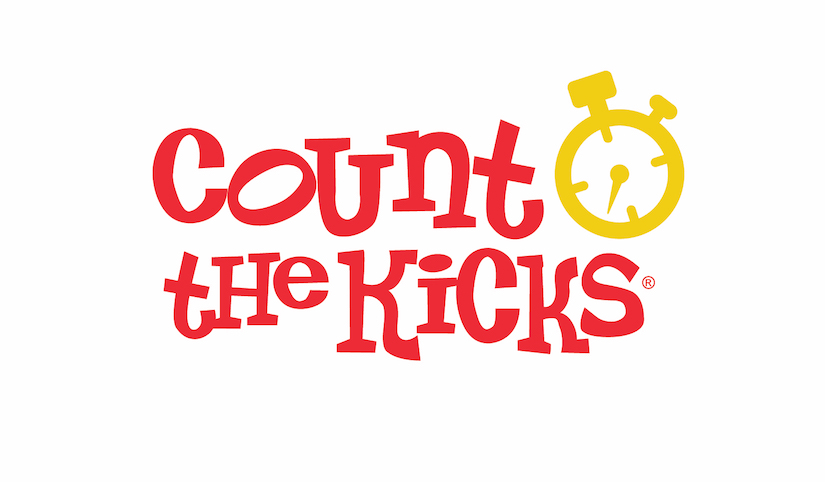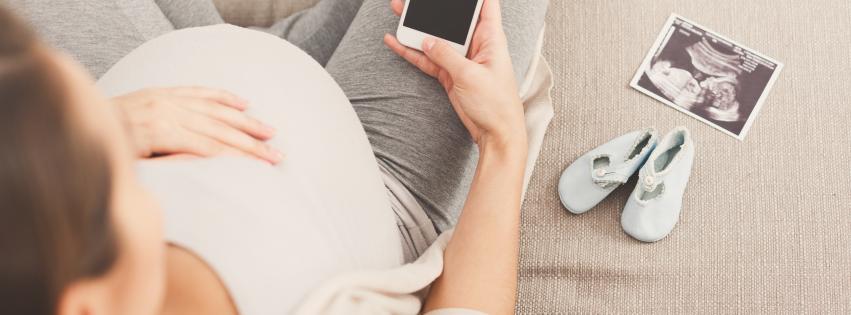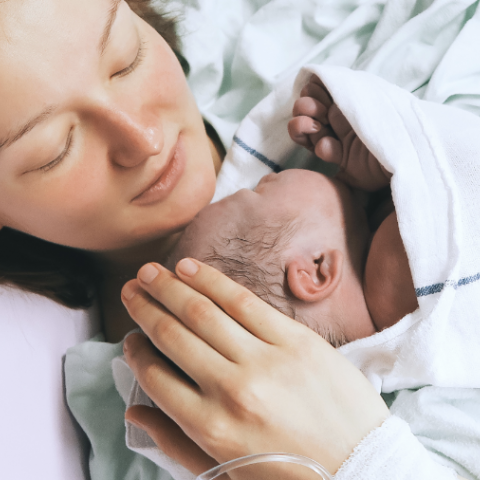Healthcare Provider Appointments to Expect in Your Third Trimester :
Starting at 28 weeks, your healthcare provider will begin to meet with you every two weeks and later, after 36 weeks, on a weekly basis. Prenatal healthcare appointments become more frequent than before to monitor your baby as you get closer to labor and delivery. During this time your provider could conduct some or all of the following tests: A Group B Strep test will be done, checking for a bacterium that is often harmless to adults but can cause problems during pregnancy and to a baby during delivery. A quick swab of the vagina and rectum will be performed and will be sent to the lab for testing. If your test is negative, then nothing else needs to be done. However, if your test is positive (1 in 4 women’s test is) the potential for infection exists, so you will be given IV antibiotics during labor to help protect you and your baby.
Additionally, a vaginal exam will be done to check your cervix and the baby’s position as well as blood and urine tests to follow up on 2nd trimester results, and non-stress tests to check the baby’s growth and vitals. Your provider might also talk to you about how to monitor baby’s daily movements. See below for more about how you can do this at home.
Counting Baby’s Movements:
All babies are different when it comes to how they move about during pregnancy! It’s often referred to as kicking but also includes jabs, rolls, turning, and wiggling. These movements do not start until the second trimester of pregnancy and increase in frequency around 28 weeks. Many doctors recommend kick counting as a way to monitor baby’s health in the third trimester or as early as 26 weeks if you are considered high  risk or are pregnant with multiples.
risk or are pregnant with multiples.
Scientific studies show that counting baby’s kicks and keeping a daily record of a baby’s movements during the third trimester can be an easy, free, and reliable way to monitor a baby at home. Kick counting can be made easy with the free mobile app Count The Kicks.
Using the app, you can count the kicks every day at the same time and record them. Pick your time based on when you know your baby is most active. To get started, sit with your feet up or lie on your side. Count each of your baby’s movements as one kick and tap the foot on the app until you reach ten movements. After a few days you will begin to see a pattern for your baby (how long it takes you to get to ten). Most of the time it will take less than a half hour. Save your kick counting sessions in the app to see your baby’s movement history. According to the American Congress of Obstetricians and Gynecologists, most healthy babies should take less than two hours for 10 kicks.
Knowing what is a normal movement pattern for your baby is key, so it is very important to not forget to do your daily count. When “normal” changes, this could be a sign of a potential problem and a reason to call your provider. Your provider will want to hear from you with any concerns during your pregnancy. Babies do not slow down at the end of pregnancy. While they may run out of room for somersaults, babies move all the way up to and during labor. Trust your instincts!
Braxton Hicks Contractions:
Braxton Hicks contractions (also known as “ practice contractions” because they are not caused by labor) can occur at any time starting in your second trimester but tend to occur most often late in pregnancy. They can sometimes be so subtle you won’t even realize that they are occurring. However, if you do feel something that feels like a contraction, it might be Braxton Hicks. Some differences between Braxton Hicks are real contractions are that Braxton Hicks are irregular in their intensity, infrequent in occurrence, unpredictable, non-rhythmic, and are known to be more uncomfortable than actually painful. They do not increase in intensity or frequency meaning they will not become closer together in timing, they will taper off and then stop altogether.
Triggers that can cause them are: the mother or baby being active, someone touching the mother’s belly, full bladder, after sexual intercourse, during a urinary tract infection, or dehydration. Taking warm baths, drinking water or warm tea, walking around, getting a massage, and listening to calming music can all help with Braxton Hicks contractions.
It is important to know the difference between Braxton Hicks contractions and real labor. To learn more about the signs of actual labor, click here!







